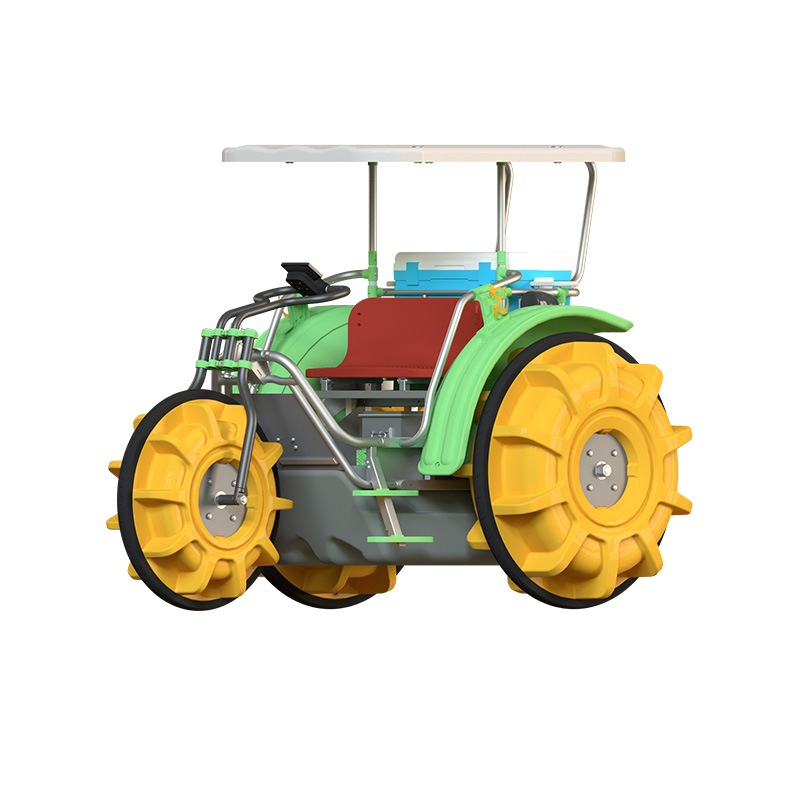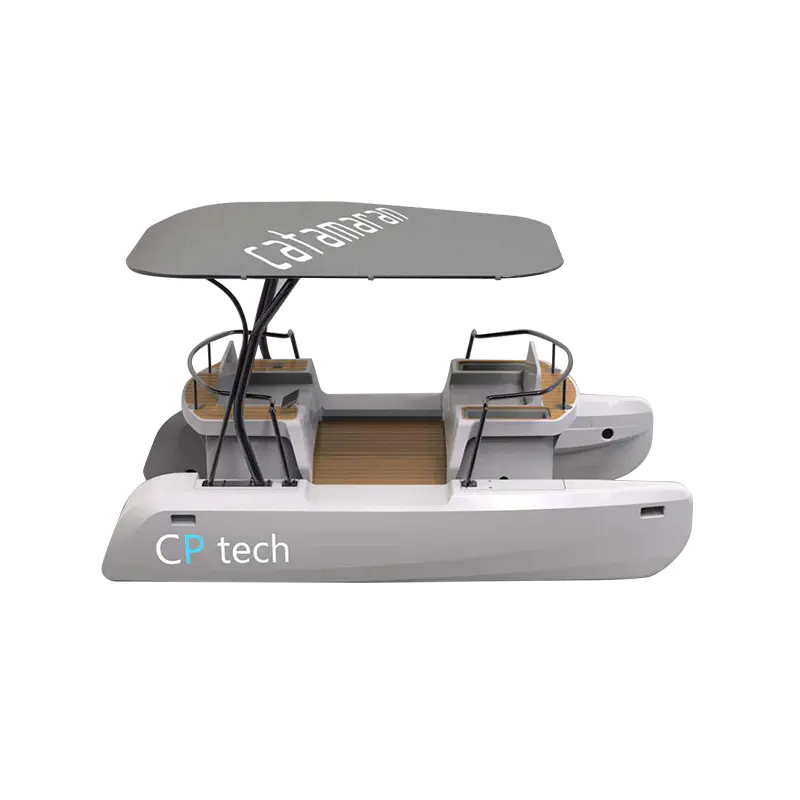Hull Cleaning and Its Importance for Electric Motors Boat Sailing Catamaran
2025-04-18
The marine industry is witnessing a steady shift towards sustainable and energy-efficient watercraft, and one standout in this transition is the Electric Motors Boat Sailing Catamaran. This hybrid vessel, combining the quiet propulsion of electric motors with the efficiency of a sailing catamaran hull, is particularly appreciated for its low environmental impact, cost-effective operation, and modern design. However, to ensure performance and durability, regular hull maintenance—especially hull cleaning—is critical. In this article, we explore the significance, techniques, and practices for hull cleaning of the Electric Motors Boat Sailing Catamaran, repeating this term throughout for focused relevance.

Why Hull Cleaning Matters for an Electric Motors Boat Sailing Catamaran
The hull is a vital component of any watercraft, and for an Electric Motors Boat Sailing Catamaran, its condition directly influences hydrodynamic performance. Over time, the hull accumulates marine growth such as algae, barnacles, and biofilm. These organisms increase surface drag, bring about reduced speed and efficiency. In vessels relying on electric propulsion, such as an Electric Motors Boat Sailing Catamaran, this inefficiency can quickly translate into greater battery usage and shorter travel ranges.
The Electric Motors Boat Sailing Catamaran is engineered to minimize energy consumption. A clean hull supports this design goal by allowing the vessel to glide smoothly through water, preserving both sailing and electric motor effectiveness. Moreover, maintaining a clean hull ensures the onboard systems work under normal loads, reducing unnecessary strain on the motor and associated components.
Impact of Hull Fouling on Electric Motors Boat Sailing Catamaran
Hull fouling impacts all vessels, but the effect is more noticeable in an Electric Motors Boat Sailing Catamaran due to its reliance on energy-efficient systems. Even moderate biofouling can cause increased friction, which forces the motor to draw more power from the batteries. This compromises the catamaran's range and may necessitate more frequent recharging, thereby reducing operational convenience.
In a sailing environment, a fouled hull also interferes with natural wind-driven propulsion. This means that even under sail, an Electric Motors Boat Sailing Catamaran cannot reach its expected speed, making trips longer and potentially affecting voyage planning. Over time, persistent fouling can bring about corrosion or damage to protective coatings, ultimately impacting the vessel's lifespan and resale value.
Ideal Cleaning Frequency for Electric Motors Boat Sailing Catamaran
There is no universal rule for hull cleaning intervals, but general recommendations suggest inspecting and cleaning the hull of an Electric Motors Boat Sailing Catamaran every 4 to 12 weeks, depending on water conditions and usage. Warm, nutrient-rich waters promote faster marine growth, while cold or freshwater environments slow down fouling.
Owners of an Electric Motors Boat Sailing Catamaran should consider implementing a preventive maintenance plan that includes regular underwater inspections, especially during peak boating seasons. Some marinas offer diver-based cleaning services that can efficiently perform this task without requiring dry docking.
Cleaning Methods for Electric Motors Boat Sailing Catamaran
There are several techniques to clean the hull of an Electric Motors Boat Sailing Catamaran, each with its own advantages depending on the extent of fouling:
Manual Scrubbing by Divers: This is a common approach for routine maintenance. Divers use brushes or non-abrasive pads to remove growth from the submerged surfaces of the Electric Motors Boat Sailing Catamaran, including the dual hulls and any underwater appendages.
Pressure Washing in Dry Dock: When hauled out, an Electric Motors Boat Sailing Catamaran can be cleaned using pressure washers. This method is especially effective for heavy fouling and allows for reapplication of antifouling paint.
Robotic Hull Cleaners: These are becoming increasingly popular for eco-conscious vessels like the Electric Motors Boat Sailing Catamaran. These devices operate underwater and remove marine buildup without damaging coatings, providing a contactless and efficient solution.
Ultrasonic Cleaning Systems: Some owners install ultrasonic transducers in the hull of their Electric Motors Boat Sailing Catamaran. These systems emit high-frequency sound waves to prevent microorganism settlement, reducing the need for frequent manual cleaning.

 English
English  русский
русский  عربى
عربى 









